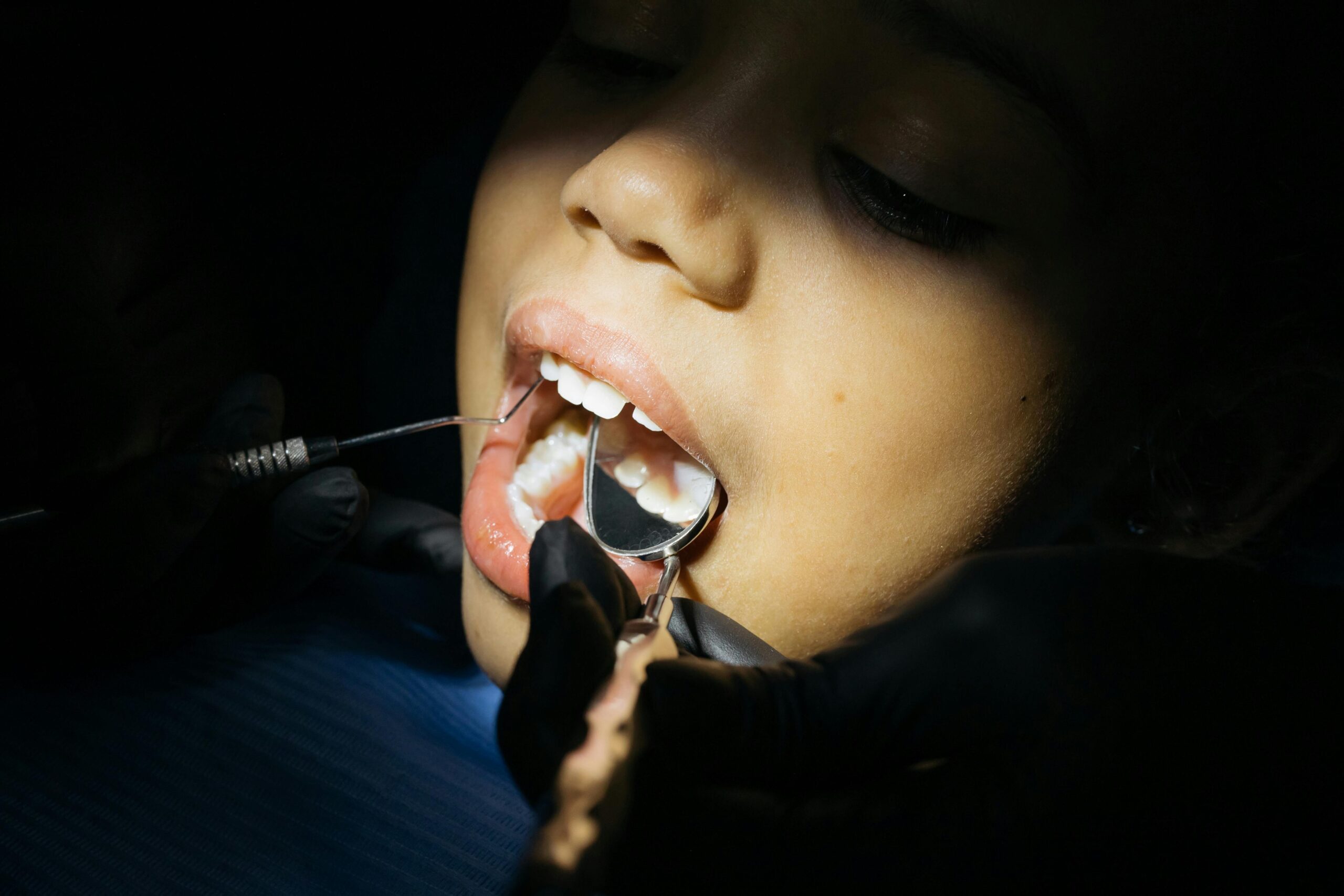Dental implants in Tigard, OR, are one of the most effective and long-lasting solutions for replacing missing teeth. At Washington Square Dental, we guide patients through every step of the implant process (from consultation to recovery). One of the most common questions we hear is: “What is the healing timeline after getting dental implants?”
To help you feel prepared and confident, here’s a breakdown of what to expect week by week after your dental implant procedure.
Day 1: The Day of Surgery
After receiving dental implants in Tigard, it’s normal to experience some swelling, minor bleeding, and discomfort at the implant site. These are all signs that your body is beginning the healing process. You’ll be given post-op instructions, which typically include:
- Applying ice packs for swelling
- Taking prescribed or over-the-counter pain relievers
- Eating soft foods and avoiding the surgical area
- No smoking or strenuous activity
- Resting during the first 24 hours
Days 2 to 7: Early Healing Phase
Swelling may peak around day 2 or 3, and mild bruising can appear. That said, discomfort should be manageable and gradually improve each day. Sticking to a soft-food diet is still recommended. Consider options like yogurt, mashed potatoes, smoothies, or scrambled eggs.
During this time, it’s essential to keep the mouth clean and avoid irritating the implant site. Gentle oral hygiene is important. You may be asked to rinse with a prescribed antimicrobial mouthwash or saltwater solution, avoiding direct brushing near the implant site.
Fortunately, most can return to work or regular activities within a few days, depending on the complexity of the procedure.
Week 2: Stitches and Stabilization
If you received dissolvable stitches, they should begin to disappear around this time. Any residual swelling or discomfort should continue to fade. If you had non-dissolvable sutures, your dentist may remove them at your follow-up appointment. By the end of the second week, your gums will look and feel significantly better, and the implant site will begin to stabilize as the healing process continues beneath the surface.
Weeks 3 to 6: Osseointegration Begins
This is when the magic of dental implants happens. Beneath your gums, your jawbone is beginning to fuse with the implant post, a process known as osseointegration. This bond is what gives implants their strength and durability.
Although you may not feel much happening, this is a critical phase. You’ll likely still be advised to avoid chewing on the implant side and to continue eating softer foods. Continue your regular dental hygiene practices and attend any follow-up visits to monitor your healing progress.
Months 2 to 4: Continued Bone Integration
During this time, osseointegration continues to strengthen. Most patients now feel completely normal, with no pain or swelling. However, the implant isn’t quite ready for a crown just yet—your dentist will take X-rays to confirm when it’s fully integrated. Once your dentist confirms proper healing and bone stability, the next step will be placing the abutment (connector) and eventually the final crown.
Final Stage: Crown Placement (Around 3–6 Months Post-Surgery)
After osseointegration is complete, we’ll attach the abutment and take impressions for your permanent dental crown. Once the crown is placed, your implant will look, feel, and function just like a natural tooth. You should be able to eat, speak, and smile with confidence while caring for it just like the rest of your teeth with brushing, flossing, and regular dental visits.
Considering Dental Implants in Tigard, OR?
In summary, we strongly encourage following these final tips for a smooth recovery:
- Follow all aftercare instructions carefully
- Avoid smoking, as it can slow healing and increase the risk of implant failure
- Stick to follow-up appointments so we can track your progress
- Maintain good oral hygiene, even when healing
At Washington Square Dental, we specialize in restoring smiles with high-quality dental implants in Tigard, OR. Whether you’ve lost one tooth or several, we can create a treatment plan that works for you, starting with a consultation to determine if you’re a good candidate. Let us help you take the next step toward a healthier, more confident smile! Contact us today.




